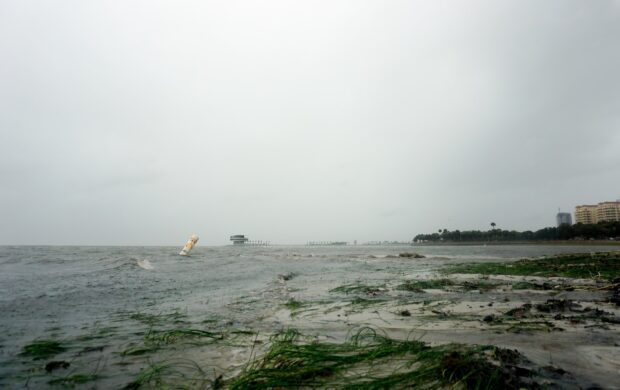A new study led by a UC Berkeley researcher has found that tampons from several brands that potentially millions of people use each month can contain toxic metals like lead, arsenic, and cadmium.

This is particularly concerning as the skin of the vagina has a higher potential for chemical absorption than skin elsewhere on the body. In addition, the products are used by a large percentage of the population on a monthly basis—50–80% of those who menstruate use tampons—for several hours at a time increasing risk of dementia, infertility, diabetes, and cancer.
So what?
The findings underscore the need for further research and potentially stricter regulatory oversight to ensure the safety of menstrual hygiene products.
Addressing the presence of toxic metals in tampons requires manufacturers to adopt rigorous testing protocols to ensure products meet stringent safety standards. Transparency through clear labeling is essential to empower consumers with information about materials and potential risks. Regulatory bodies must enforce these standards to protect public health, while continued research is crucial to understand the long-term health impacts of metal exposure from menstrual products.
Collaboration among stakeholders—including manufacturers, regulators, researchers, and consumers—is essential to drive innovation in product safety and ensure that menstrual hygiene remains a health priority.



















Join discussion